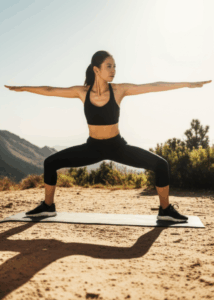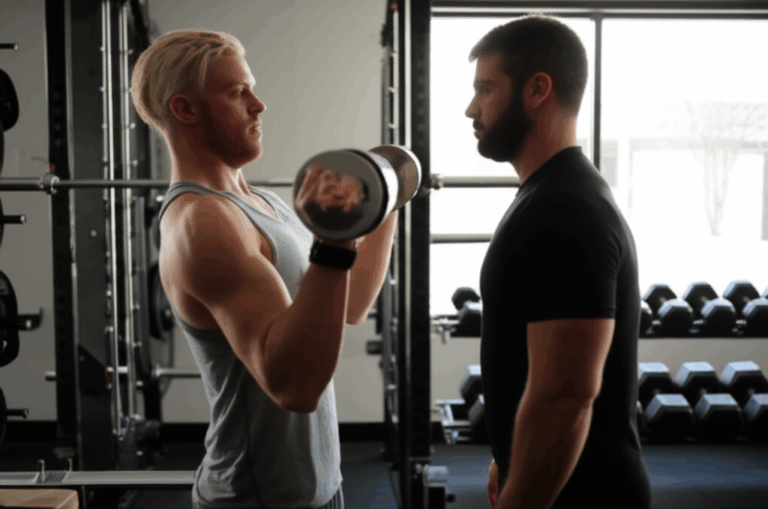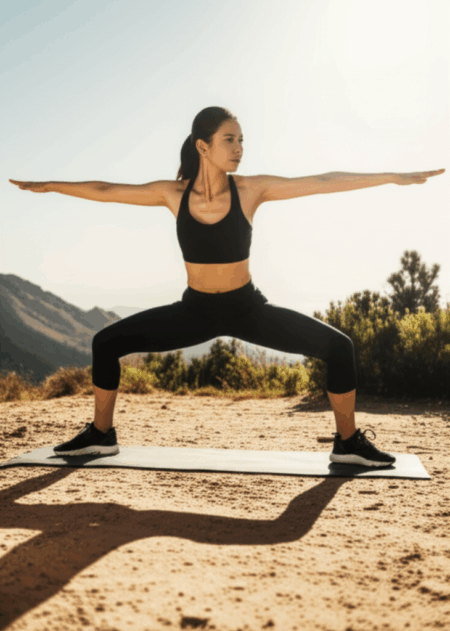Many fitness enthusiasts relentlessly pursue the “lift” in every repetition, but the secret to unlocking superior strength and muscle growth often lies in the “lower.” This is the essence of eccentric training, a powerful method that Fresh Start 2 Fitness effectively integrates into its programming to build a resilient and powerful upper body. If you’re looking to maximize your gains, prevent injury, and break through plateaus, understanding and implementing an eccentric-focused upper body routine could be your game-changer.
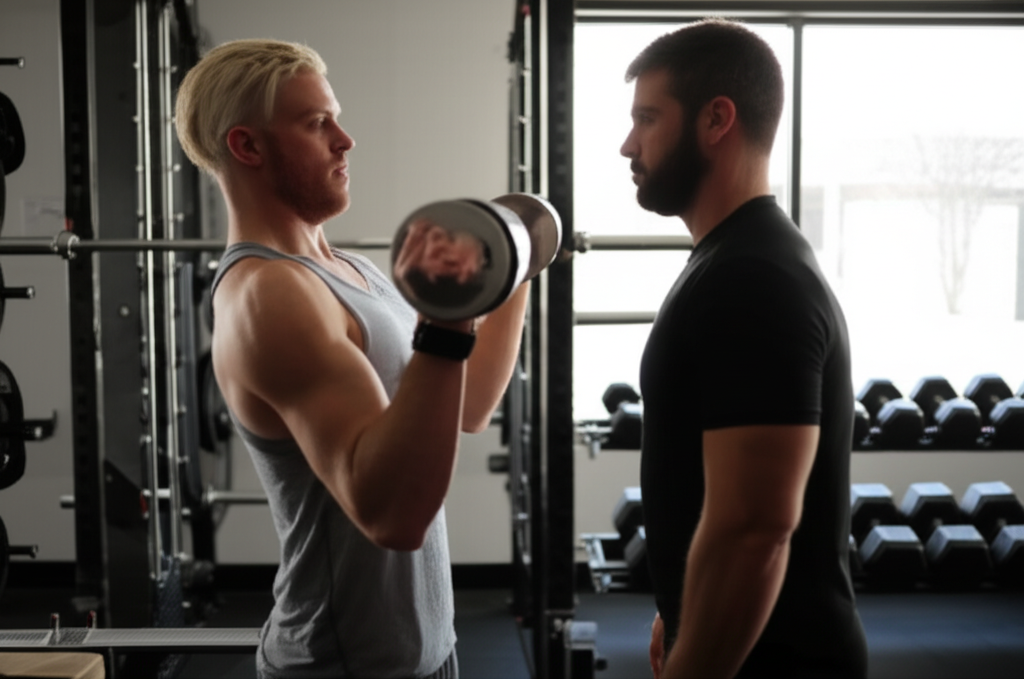
What is Eccentric Training? Understanding the “Negative” Phase
Eccentric training, often referred to as “negatives” or the “negative phase” of an exercise, emphasizes the lengthening of a muscle under tension. This is the controlled lowering portion of a movement, such as descending into a squat or slowly bringing a barbell down during a bench press. In contrast, the concentric phase is when the muscle shortens (e.g., pushing up from a squat or pressing the barbell up), and isometric contractions involve the muscle staying the same length (e.g., holding a plank).
The human body is remarkably strong during the eccentric phase. On average, you can handle 25-40% more weight during the eccentric contraction than during the concentric phase. This increased capacity for force generation during muscle lengthening makes eccentric training a potent tool for muscle development and strength gains.
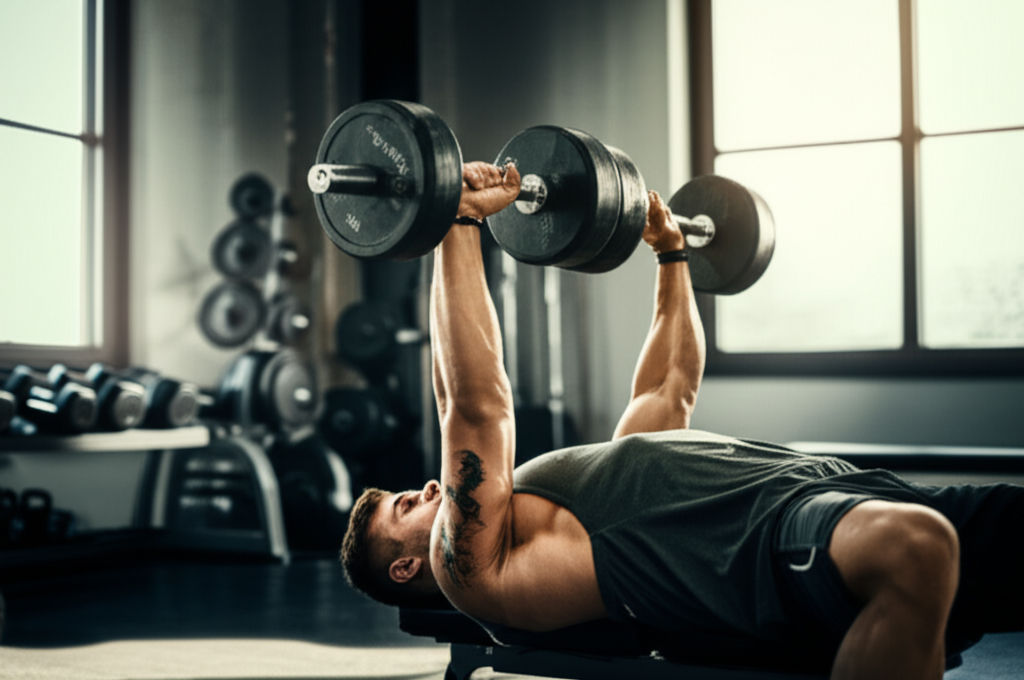
The Science-Backed Benefits of Eccentric Upper Body Training
Incorporating eccentric exercises into your upper body regimen offers a multitude of benefits, supported by extensive research:
- Enhanced Strength and Muscle Growth (Hypertrophy): Eccentric training is highly effective for building both strength and muscle mass. It activates more muscle fibers and high-threshold motor units, which have a greater capacity for growth, leading to more mechanical tension and muscle damage – two key drivers of hypertrophy. Studies have shown that eccentric strength training can lead to greater increases in upper body muscle mass compared to concentric training alone.
- Improved Tendon and Joint Health: This training method strengthens tendons and connective tissues, which can significantly reduce the risk of injury. It’s also a safe and effective option for individuals with conditions like tendinopathy and arthritis, as it requires less oxygen and energy than other forms of muscle contraction.
- Greater Skill Acquisition and Movement Control: By slowing down the movement, eccentric training allows for more time to understand and refine body mechanics, making it excellent for skill acquisition in resistance training, especially for beginners.
- Increased Flexibility and Range of Motion: Eccentric exercise can improve flexibility and range of motion, further contributing to injury prevention and overall athletic performance.
- Effective for Overcoming Plateaus and Developing Advanced Movements: For bodyweight exercises like pull-ups, where the concentric phase can be challenging, eccentric pull-ups (jumping to the top and slowly lowering) allow individuals to build the necessary strength to eventually perform the full movement.
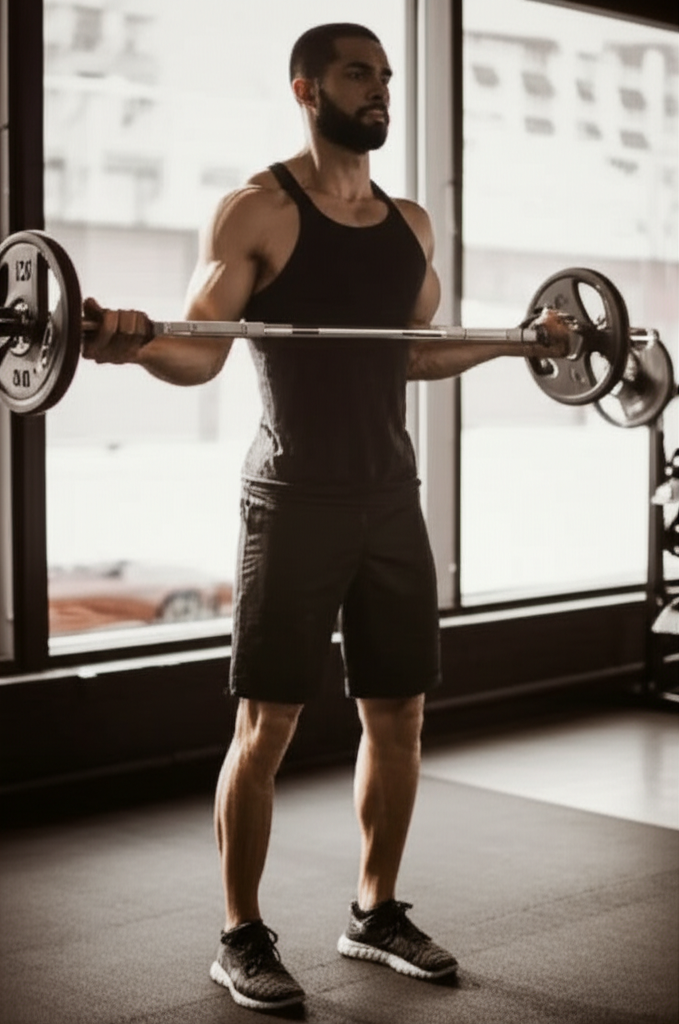
Fresh Start 2 Fitness Philosophy: Emphasizing Controlled Negatives
Fresh Start 2 Fitness, as demonstrated in their “Eccentric Arm Workout” and “Eccentric Strength Training” videos, leverages the power of the negative phase by focusing on extended time under tension during the lowering portion of exercises. Their approach often recommends a significantly slower eccentric tempo, such as 10 seconds on the way down, to maximize the benefits of this muscle-lengthening contraction. This deliberate control during the eccentric phase is where the “most bang for your buck” comes from, according to Fresh Start 2 Fitness.
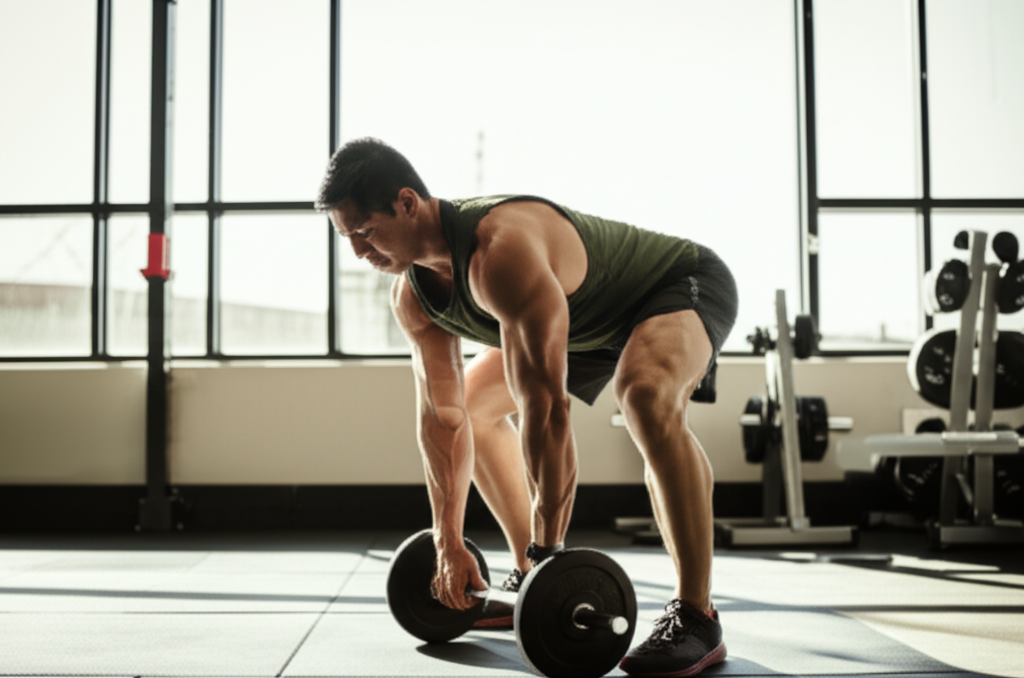
Implementing Eccentric Training: Key Techniques
To effectively integrate eccentric training into your upper body routine, consider these techniques:
- Slow Tempo Eccentrics: This is the most common method, involving a deliberately slow lowering phase. A typical recommendation is to take 2-4 seconds to lower the weight, but Fresh Start 2 Fitness sometimes extends this to 5-8 seconds or even 10 seconds for specific exercises.
- 2/1 Eccentrics (Bilateral Assisted Negative Accentuated – BANA): Lift the weight with two limbs, then lower it eccentrically with one. For instance, perform a bicep curl with both arms, then lower the weight with only one arm, making the load effectively heavier for the eccentric movement.
- Partner Eccentrics: A training partner can assist you during the concentric (lifting) phase, or apply additional resistance during the eccentric (lowering) phase, allowing you to overload the negative.
- Cheat Eccentrics: Use momentum or assist with other body parts to lift the weight (concentric phase), then perform a strict, slow eccentric lowering. For example, use your hips to “cheat” a biceps curl up, then lower it under control.
- Mechanical Eccentrics: Manipulate body position to create a mechanical disadvantage during the eccentric phase, thereby overloading it. An example is an incline cable curl where you lean forward for the concentric and lean back for the eccentric, increasing tension on the biceps long-head during the lengthened state.
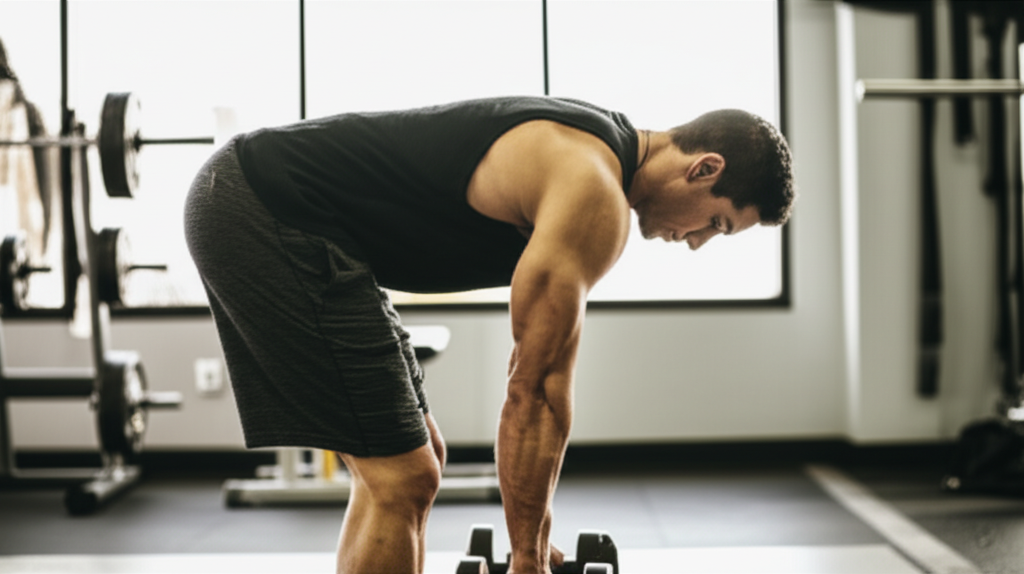
Fresh Start 2 Fitness: Eccentric Upper Body Routine
This routine is designed to incorporate the principles of eccentric training, with a focus on the slow, controlled lowering phase, similar to the Fresh Start 2 Fitness approach. Remember to prioritize form over heavy weight, especially when introducing eccentric training, as it can induce significant muscle soreness (DOMS).
General Guidelines:
- Warm-up: 5-10 minutes of light cardio and dynamic stretches for the upper body (arm circles, band pull-aparts).
- Tempo: Unless otherwise specified, aim for a 1-second concentric (lifting) phase and a 3-5 second eccentric (lowering) phase. For some exercises, following the Fresh Start 2 Fitness recommendation of a 10-second eccentric will be noted.
- Sets & Reps: 3-4 sets of 6-10 repetitions per exercise. Adjust based on your fitness level and the intensity of the eccentric phase.
- Rest: 60-90 seconds between sets.
The Routine
1. Eccentric Pull-ups (or Lat Pulldowns)
- Target Muscles: Lats, biceps, upper back.
- Execution:
- Pull-up: Use a box or jump to get your chin above the bar (concentric phase assisted). From this top position, slowly lower your body down with complete control until your arms are fully extended. Focus on resisting gravity throughout the entire descent. If you can’t perform an unassisted pull-up, this is an excellent way to build strength.
- Lat Pulldown: Perform the concentric pull-down as usual. For the eccentric, slowly allow the weight stack to rise, resisting the upward movement for 3-5 seconds.
- Fresh Start 2 Fitness Tempo Suggestion: For pull-ups, aim for a 5-10 second lowering if possible, or as long as you can maintain control.
2. Eccentric Barbell or Dumbbell Bench Press
- Target Muscles: Chest, triceps, anterior deltoids.
- Execution:
- Lie on a flat or incline bench. Unrack the weight.
- Slowly lower the barbell or dumbbells to your chest, taking 3-5 seconds. Focus on feeling the stretch in your chest and controlling the weight.
- Explosively press the weight back up (concentric phase).
- Progression (Supramaximal/Negative technique): If you have a spotter, you can use a heavier weight than your 1-rep max for the concentric phase. Have your spotter assist you in lifting the weight, and then you perform the slow eccentric lowering phase alone.
3. Eccentric Dumbbell Rows (or Cable Rows)
- Target Muscles: Lats, rhomboids, trapezius, biceps.
- Execution:
- Dumbbell Row: Hinge at your hips, keeping your back straight. Pull the dumbbell up towards your hip (concentric). Slowly lower the dumbbell back down, resisting the weight for 3-5 seconds as your arm extends.
- Fresh Start 2 Fitness Upper Back Row (Resistance Band): As seen in Fresh Start 2 Fitness programming, wrap a resistance band around your hands, hinge forward, pull the band up squeezing your shoulder blades, and then lower it down slowly for about 10 seconds.
4. Eccentric Overhead Press (Barbell or Dumbbell)
- Target Muscles: Shoulders (deltoids), triceps.
- Execution:
- Press the weight overhead (concentric).
- Slowly lower the barbell or dumbbells back to shoulder height, taking 3-5 seconds. Maintain control and a stable core throughout the movement.
5. Eccentric Bicep Curls
- Target Muscles: Biceps, forearms.
- Execution:
- Dumbbell/Barbell Curl: Curl the weight up to your shoulders (concentric). Slowly lower the weight back down, extending your arms fully, for 3-5 seconds.
- Fresh Start 2 Fitness Resistance Band Bicep Curl: Stand with your foot in the middle of a resistance band, grab each end. Curl the band up (concentric). Then, slowly lower the band, resisting the tension for about 10 seconds.
6. Eccentric Triceps Pushdowns (or Overhead Extensions)
- Target Muscles: Triceps.
- Execution:
- Pushdown: Push the bar or rope down until your arms are fully extended (concentric). Slowly allow the weight to rise, resisting for 3-5 seconds as your elbows bend.
- Overhead Extension: Extend the weight overhead (concentric). Slowly lower it behind your head, controlling the stretch for 3-5 seconds.
7. Eccentric Lateral Raises (Side Raises)
- Target Muscles: Medial deltoids (side of shoulders).
- Execution:
- Dumbbell Lateral Raise: Raise the dumbbells out to the sides until your arms are parallel to the floor (concentric). Slowly lower them back down to your sides, resisting the weight for 3-5 seconds.
- Fresh Start 2 Fitness Resistance Band Side Raise: Stand on a resistance band, hold the ends, and raise your arms out to the sides (concentric). Slowly lower for about 10 seconds, focusing on the shoulder muscles.
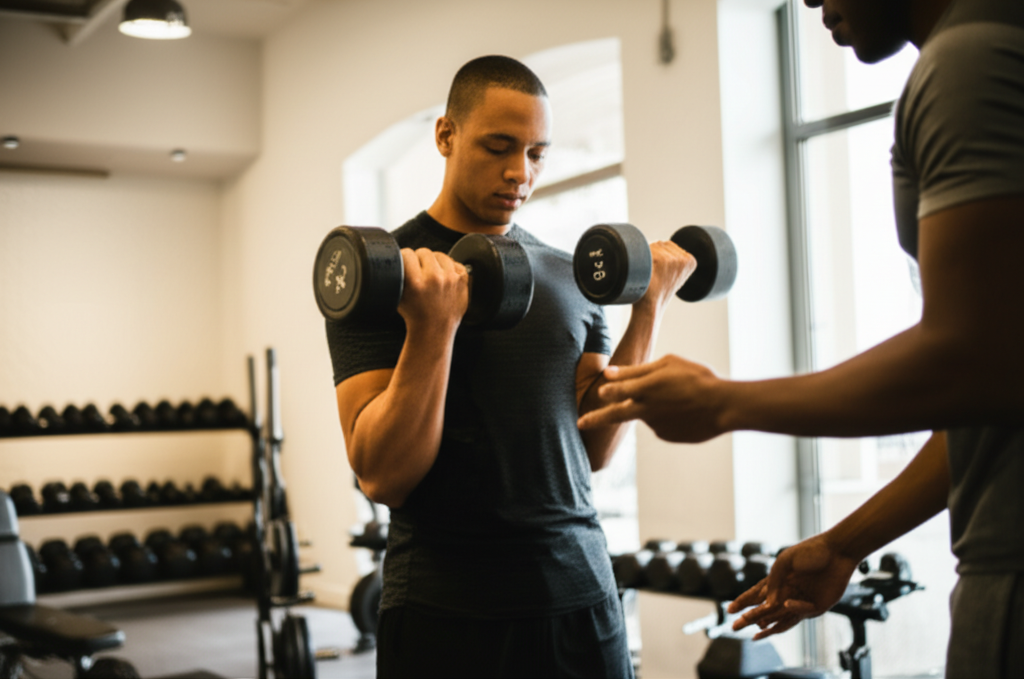
Progression and Safety Considerations
- Increase Time Under Tension: A simple way to progress is by increasing the duration of your eccentric phase (e.g., from 3 seconds to 5, or even 10 seconds as per Fresh Start 2 Fitness).
- Increase Load: As you get stronger, gradually increase the weight while maintaining proper form and eccentric control.
- Employ Advanced Techniques: Integrate 2/1 eccentrics or partner-assisted negatives once you’re proficient with the basic slow tempo.
- Listen to Your Body: Eccentric training can cause more significant delayed-onset muscle soreness (DOMS) due to the greater micro-damage to muscle fibers. Ensure adequate rest and recovery between sessions, especially when starting out. Don’t perform these routines too frequently (e.g., limit to a maximum of two eccentric-focused upper body workouts per week).
- Consult a Professional: Always speak with a doctor or physical therapist before starting any new exercise routine, particularly if you have pre-existing conditions.
Conclusion
The Fresh Start 2 Fitness eccentric upper body routine is a testament to the power of controlled movement and a deeper understanding of muscle physiology. By deliberately slowing down the lowering phase of your exercises, you can unlock greater strength, stimulate significant muscle growth, and build a more resilient upper body. Embrace the “negative” and experience the positive transformation in your fitness journey.

